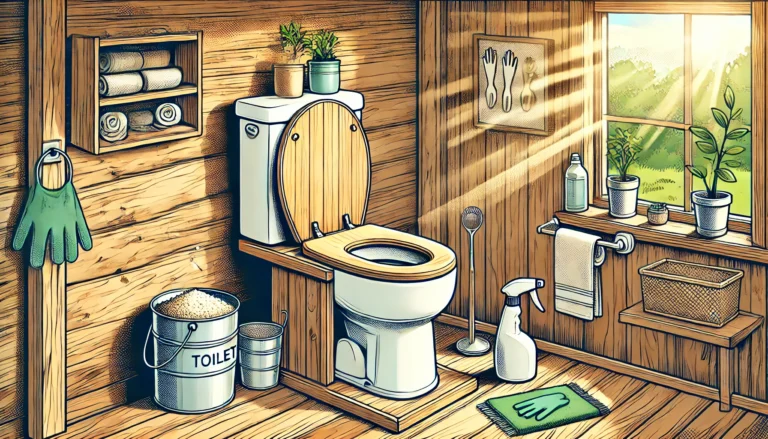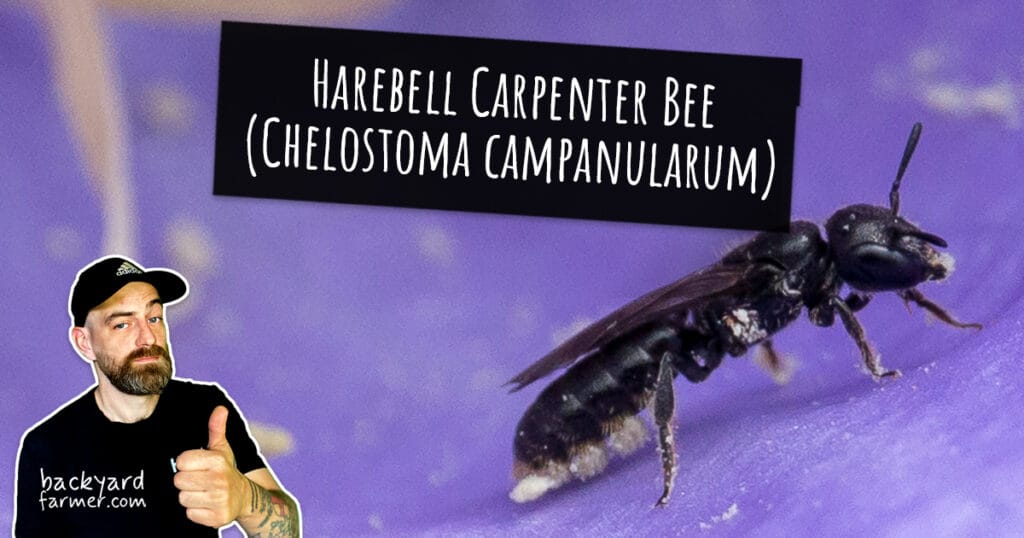Table of contents
Introduction
Composting toilets are an eco-friendly, water-saving solution for waste management, perfect for off-grid living, RVs, and tiny homes. They also help reduce reliance on traditional sewage systems, making them an excellent choice for sustainable living. However, proper composting toilet maintenance is essential to keep the system odor-free, efficient, and long-lasting.
In this guide, you’ll learn:
- How to clean and maintain a composting toilet.
- Tips for odor control and troubleshooting common issues.
- Best practices for long-term care and waste management.
Why is maintenance important?
- Prevents odor and hygiene issues.
- Ensures composting works efficiently.
- Extends the lifespan of your composting toilet.
For more information on composting toilet regulations and environmental benefits, visit the EPA’s guide on composting toilet systems.
Tools and Materials You Will Need
Cleaning Tools
- Biodegradable soap
- Scrub brush or cloth
- Spray bottle
- Vinegar or natural cleaning solution
- Gloves for hygiene
Maintenance Materials
- Sawdust, peat moss, or coconut coir
- Urine diverter replacement parts (if applicable)
- Charcoal filters or vent fans
- Compost bucket liners (optional)
- Spare buckets for waste removal
Pro Tip: Avoid chemical cleaning products as they disrupt the composting process.
How to Clean a Composting Toilet
1: Empty the Solids Container
- Remove the solids container when it is 3/4 full.
- Transfer the waste to a dedicated compost bin for non-edible plants.
2: Clean the Container
- Wash the solids container with a biodegradable soap and water.
- Use vinegar or a natural solution to sanitize and remove any buildup.
3: Maintain the Urine Diverter
- Rinse and clean the urine diverter weekly to prevent blockages.
- Check for any leaks or clogs in the urine hose.
4: Freshen the System
- Add a new layer of sawdust, peat moss, or coconut coir to the solids container before reuse.
- Replace charcoal filters or clean vent pipes to maintain airflow.
Odor Control Tip: Regular cleaning and proper ventilation will eliminate most odors.
Odor Control: Tips to Keep Your Toilet Smelling Fresh
- Use the Right Cover Material:
- Sawdust, peat moss, and coconut coir are excellent for covering waste and absorbing moisture. In damp climates, peat moss works particularly well due to its absorbent nature. In damp climates, peat moss works particularly well due to its absorbent nature.
- Ensure Proper Ventilation:
- Install or maintain a vent fan to circulate air and reduce moisture buildup.
- Empty Regularly:
- Avoid overfilling the solids container; empty it when it reaches 3/4 capacity.
- Clean the Urine Diverter:
- Keep urine and solids separate to minimize odors.
- Add Natural Deodorizers:
- Sprinkle baking soda or wood ash to neutralize any lingering smells.
Troubleshooting Common Issues
1. Odor Problems
- Cause: Insufficient ventilation, improper cover material, or overfilled solids container.
- Solution: Improve ventilation, use dry cover material, and empty the container sooner.
2. Wet or Sloppy Compost
- Cause: Excess moisture from liquids mixing with solids, often due to a lack of sufficient cover material or improper urine diversion.
- Solution: Use a urine diverter and add more dry cover material to absorb moisture. Performing regular maintenance can prevent moisture buildup before it becomes a problem.
3. Flies or Pests
- Cause: Improper waste covering or infrequent emptying.
- Solution: Ensure waste is fully covered with sawdust or peat moss and empty regularly.
4. Urine Blockages
- Cause: Urine diverter or hose clogging.
- Solution: Clean the urine diverter and rinse the urine hose weekly to ensure smooth operation and prevent buildup.
Long-Term Composting Toilet Care
- Regular Inspections:
- Check for leaks, cracks, or wear in the system monthly.
- Seasonal Maintenance:
- In winter, ensure the system doesn’t freeze by insulating it. Use compost-safe insulation wraps or consider small compost-safe heating options in extreme cold.
- In summer, increase ventilation to manage moisture and prevent overheating. Proper ventilation and airflow are essential during humid months.
- Replace Components:
- Replace vent fans, urine diverters, or filters as needed to keep the system efficient.
- Compost Management:
- Rotate compost bins to allow proper decomposition before use in gardens (check local regulations).
Frequently Asked Questions (FAQs)
- How often should I empty a composting toilet?
- Empty the solids container every 1-2 weeks for regular use.
- What’s the best material to cover waste?
- Sawdust, peat moss, and coconut coir are ideal for odor control and composting.
- Can I use chemical cleaners on a composting toilet?
- No, avoid chemical cleaners as they disrupt the composting process.
- How do I fix bad smells in my composting toilet?
- Ensure proper ventilation, empty regularly, and use dry cover material. Additionally, check vent pipes or filters for any blockages that may reduce airflow efficiency and contribute to odor problems.
- Can composting toilets freeze in winter?
- Yes, they can. Insulate the system and manage composting in colder climates.
Conclusion
Proper composting toilet maintenance ensures your system remains odor-free, clean, and efficient for years to come. By following these cleaning and care tips, you’ll enjoy a sustainable, hassle-free solution perfect for off-grid living, RVs, cabins, and tiny homes.
For a detailed comparison of top composting toilet models, check out our guide on the best composting toilets for homes, cabins, and RVs.





